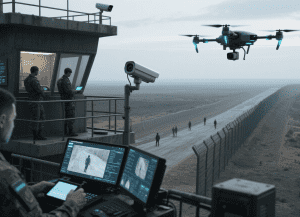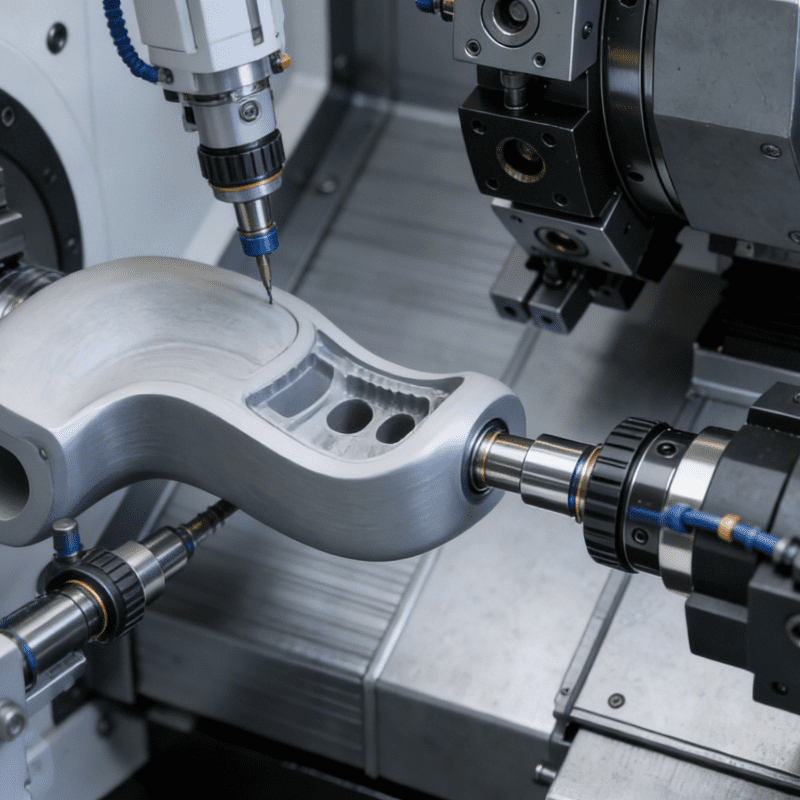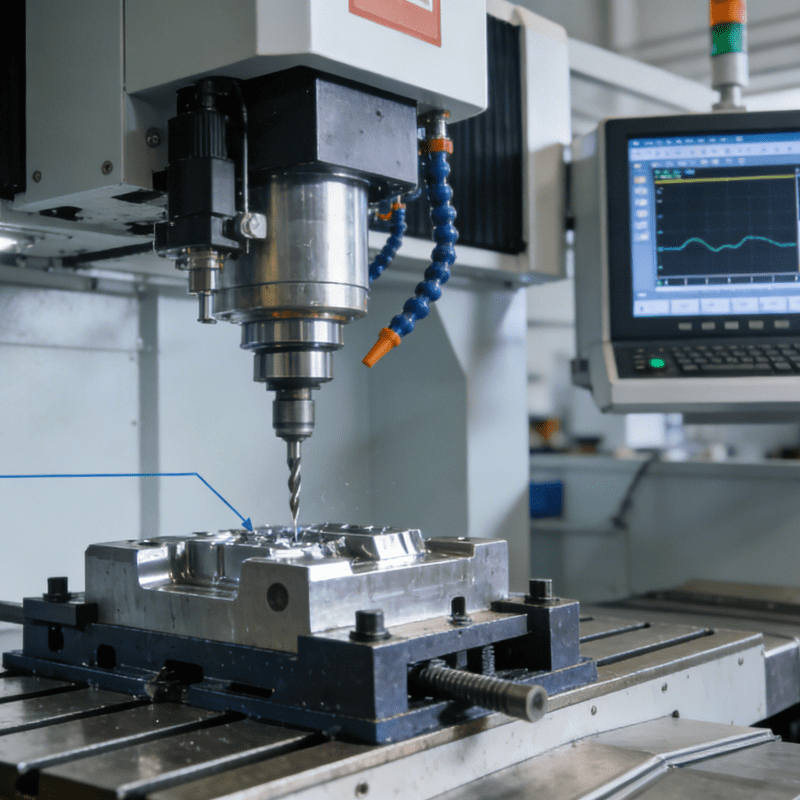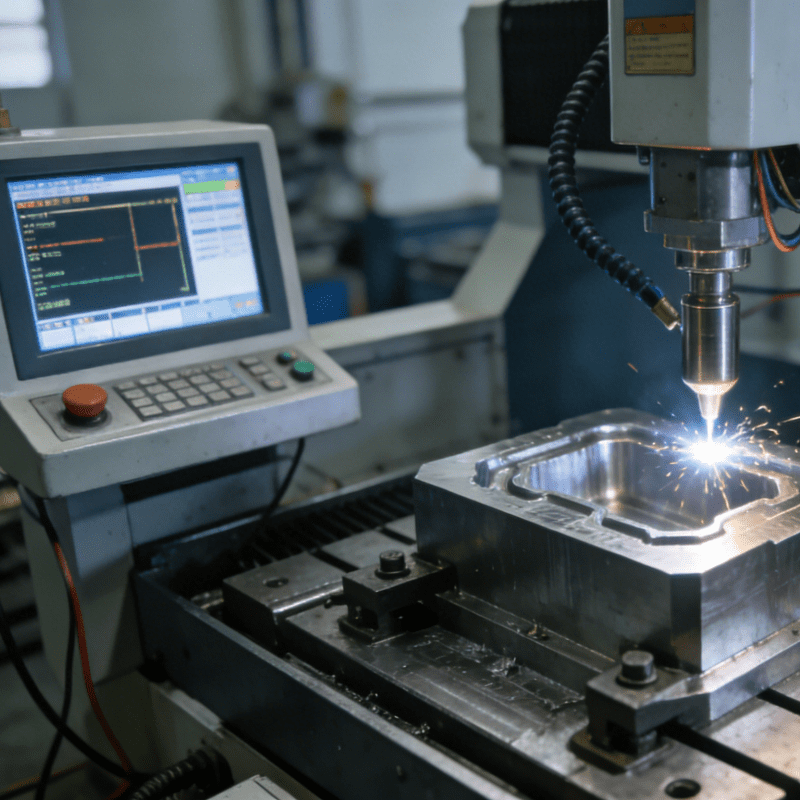Table of Contents
ToggleAI and National Security: The New Frontier of Intelligent Automation

National security is undergoing a radical transformation, driven by automatisation intelligente that blurs the lines between cyberspace and physical battlefields. Today’s threats no longer rely on manual labor—criminals use language models to craft phishing emails, while militaries deploy AI-driven drones as precision strike tools. This isn’t just a technological upgrade; it’s a paradigm shift where équipement d'automatisation once confined to industrial settings now dictates the rules of modern warfare. As Dario Amodei warned, the same AI disrupting white-collar jobs is now reshaping global security landscapes faster than automatisation industrielle ever did.
Cybersecurity: A Battle of AI vs. AI
Modern cyberattacks have evolved from manual operations to fully automated campaigns. Criminals use generative AI to craft deep-fake videos (like the 2024 CFO fraud case) or tailor phishing emails with LinkedIn data—tasks once requiring human effort. Defenders respond with AI tools that analyze network logs in real time, mimicking how équipement d'automatisation monitors factory lines for defects. When an intrusion occurs, AI systems isolate compromised devices, acting faster than any human team—proof that automatisation intelligente now defines both attack and defense.
Autonomous Weapons: Precision and Peril
AI has stepped onto the physical battlefield in dramatic ways. In Ukraine, drones use onboard vision systems to target military assets, while Israel’s AI platform sorts thousands of aerial images for militant hideouts. These technologies mirror automatisation industrielle in precision—think of them as the équipement d'automatisation of war, optimizing strike efficiency. But concerns linger: Who bears responsibility when an algorithm hits a civilian target? As China and Russia test “loitering munitions,” the risk of “flash wars” intensifies—highlighting why automatisation intelligente in defense demands international oversight.
Surveillance, Intelligence, and Information Warfare
Gone are the days of human analysts sifting through endless reports. Today, AI processes millions of images hourly, from China’s citizen behavior tracking to the U.S.-Mexico border’s “virtual wall”—a network of cameras and thermal sensors operated like équipement d'automatisation in a smart factory. Meanwhile, information warfare has gone digital: AI-generated fake videos of Ukrainian leaders or pro-Israel/Hamas propaganda flood social media, weaponizing automatisation intelligente to manipulate public opinion at scale.
Decision Support and Law Enforcement
Military decision-making now relies on AI to synthesize drone footage, satellite imagery, and maintenance logs—functions once handled by legions of analysts. NATO’s unified database system, inspired by U.S. Project Maven, predicts enemy movements like a sophisticated production planner in automatisation industrielle. Similarly, border control uses AI for biometric screening and trafficking detection, though facial recognition errors (disproportionately affecting people of color) raise echoes of équipement d'automatisation malfunctions with real-world consequences.
Conclusion: Balancing Automation’s Power in the Security Sphere
The integration of AI into national security is not just a technological shift—it’s a redefinition of power itself. Intelligent automation offers unprecedented advantages: cyber defenses that adapt in real time, military operations with surgical precision, and intelligence gathering on a planetary scale. But these tools also carry risks as profound as those posed by automatisation industrielle in the 20th century—only now, the stakes are measured in geopolitical stability, not just economic output.
To navigate this new landscape, nations must establish guardrails akin to those governing automatisation industrielle—but with global reach. This means:
- International standards for autonomous weapons, preventing algorithmic warfare from spiraling out of control.
- Ethical frameworks for AI surveillance, addressing bias in facial recognition like quality control in équipement d'automatisation.
- Collaborative defenses against information warfare, treating AI-generated disinformation as a shared threat.
AI is neither savior nor villain—it’s a tool, like the équipement d'automatisation that transformed factories. The future of national security depends on how wisely we wield automatisation intelligente—ensuring it strengthens global stability rather than eroding the foundations of trust, privacy, and human oversight. In this new battlefield, the smartest move may be remembering that even the most advanced AI still needs human judgment to distinguish right from wrong.



















